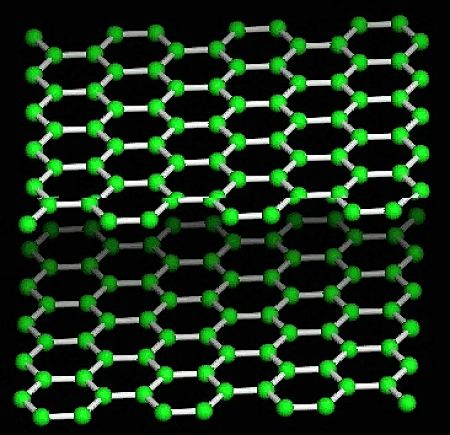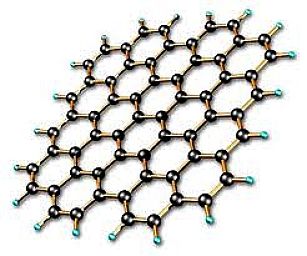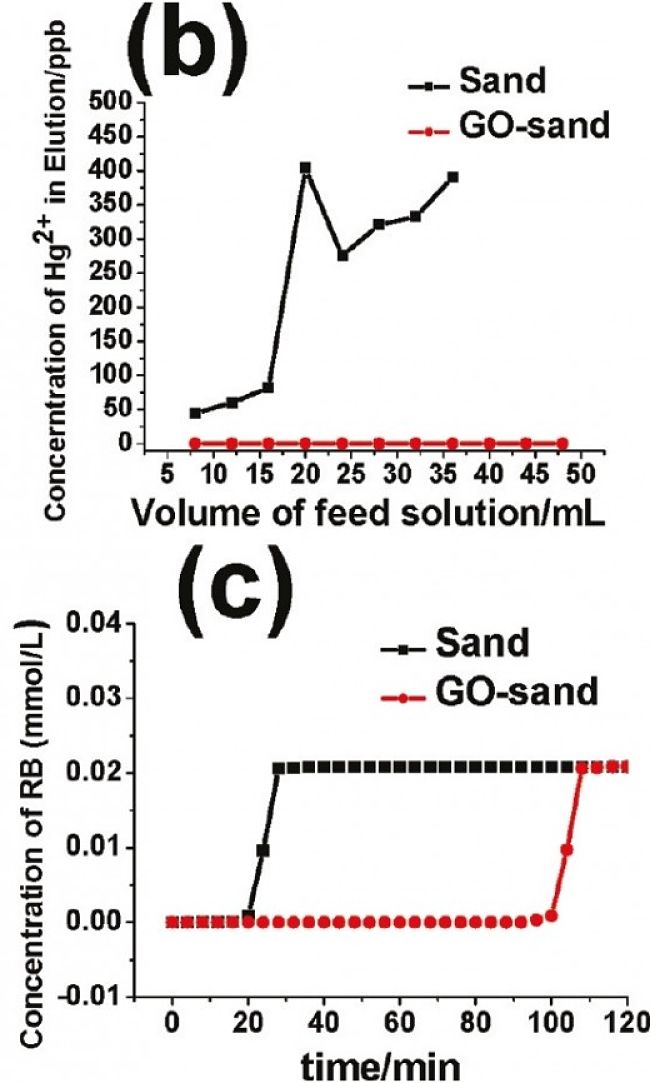Best Water Purifiers are Cheap Graphite Coated Sand Grain Filters
Dubbed 'super sand', Graphite Coated Sand Grains could become a low-cost and simple way to purify water in developing countries according to a Australia Research Project.
Activated Carbon filters are known to be very effective but they are relatively expensive and require costly pumps and high pressure systems to operate. Now there is a much simpler way by boosting the effectiveness of commonly used low-pressure sand filters.
Poor quality water containing contaminants can be cleaned much more effectively in sand filers by simply by coating grains of sand with an oxide of a common material called graphite - the substance used as lead in pencils.
The team describes the work in the American Chemical Society journal Applied Materials and Interfaces.



Sand is an abundant natural resource found all over the earth that is widely used for small domestic water filters, such as swimming pool filters particularly as packed bed filters.
The process has been known in India and Greece dating back more than 6000 years and referred to in various writings as sand or gravel filtration as means to securing clean water.
Fine sand filters can removed pathogens, organic matter, and heavy metal ions but the volumes passed through are low unless high pressure is used. The researchers developed a simple method for converting standard filtration sand into 'core shell' graphene-oxide coated sand (GOsand) granules by layering water dispersible graphite-oxide onto sand grains.
Clean water is a key requirement in many countries around the world, for drinking water and sanitation.The World Health Organization has estimated that about 60 percent of the population in Sub-Saharan African and 50 percent of the population in Oceania ( the small islands in the tropical Pacific Ocean] require improved sources of drinking-water.
Coating the sand
While coarse sand, that was uncoated, showed much poorer performance than fine sand in filtering out organic contaminants, pathogens and heavy metal ions. The coating applied to coarse sand offer higher retention rates for those pollutants while offering higher filtration rates than fine sand.
Essentially the coating technique the team has developed involves simply dispersing graphite oxide into water and mixing it with the regular sand. The mixture is then heated to 105 degrees C for several hours to evaporate the water, and coated 'super sand' is ready to use.


Cost-efficiency
The process is very cheap and it is possible to specifically modify the graphite oxide in order to make it more effective for certain pollutants such as specific metal or organic contaminants in dirty water.
The 'Core-shell' adsorbent granules were found to be very effective. Tests showed that the nanosized Graphic Oxide (GO)-coated sand were found to filter out at least 5 times higher concentrations of organic dyes and heavy metals than pure sand (see images).
In the test using mercury as a contaminant, ordinary sand only lasted, while the 'super sand' absorbed the heavy metal for almost an hour.
The filtration performance was found to be similar to some commercially available activated carbon filters.
The Graphic Oxide is an application of Graphene which is a flat, two-dimensional
honeycomb arrangement of carbon atoms only a single carbon atom thick.
Production of graphene through water based chemical oxidation of graphite to graphite oxide (GO) has become a popular method for producing this molecule.